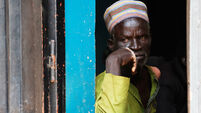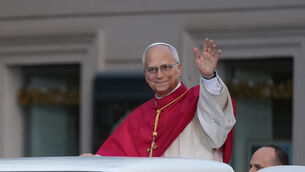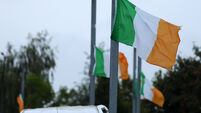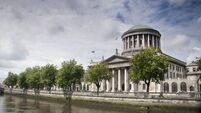Dutch prince had two illegitimate daughters
Controversial Dutch Prince Bernhard acknowledged he had two illegitimate daughters – one in France and another, previously unknown, in the United States - in an interview published posthumously today.
Bernhard said his estate of around €195m will be split equally among his six children – including Dutch Queen Beatrix and three other daughters he had with the former Queen Juliana, Beatrix’s mother.














